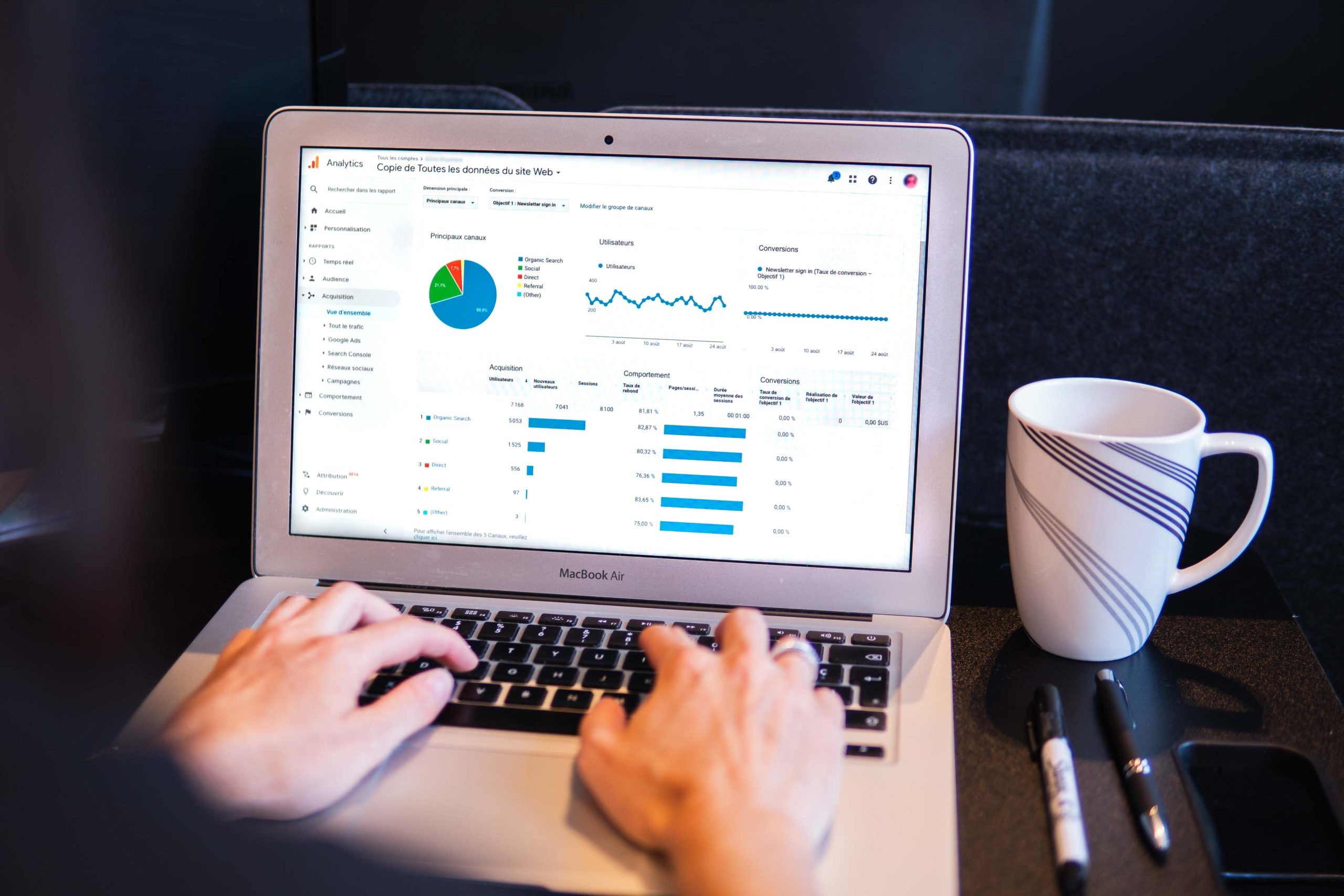PR was overlooked by company’s marketing departments for years. Often viewed as a luxury addition to the marketing mix, PR had a reputation for being mysterious about the value it provided businesses.
As technological and consumer trends over the past decade have shifted significantly, PR now plays a central role in fostering business thought leadership and industry credibility. Today, it’s not uncommon for the world’s largest B2B and B2C corporations spend millions of dollars on PR to drive their company’s digital growth.
Yet, the ghost of PR’s past hasn’t quite been shaken off – it’s measurability.
In 2019, 72% of PR pros said that measuring business impact remains the top challenge of the industry. Communicating how PR impacts the bottom line hasn’t been easy, but with advanced technology stepping in, this long-standing concern could soon be a thing of the past.
With that in mind, let’s talk about the return-on-investment (ROI) of PR, and how it can be measured.
What is the ROI of PR
Before I get into technicalities, I want to define what ROI in PR actually is. Press releases, guest articles and influencer campaigns all provide some value, but the question is – are the results what you’re really looking for?
Firstly, you can’t calculate ROI without defining your PR goals. This gives your desired results clarity while keeping you on track to achieve them:
- Increased leads: With strategies centered around referral traffic and backlinks, PR helps you welcome new prospects. Even in industry-focused publications, readers are often deaf to ads, so showing yourself as a thought leader is a great way to catch their eye.
- Improved brand awareness: By sharing expert insights or sealing strategic media partnerships, you can strengthen your brand and get yourself in front of the right audience.
- Boosted legitimacy and credibility: Particularly important for startups, positive media coverage can help you build relationships with key stakeholders and establish you as an authority in your niche.
PR without goals gets you nowhere. ROI in PR, therefore, is about having clearly defined goals that can be measured, showing a path for how working toward them. Ultimately, establishing what the ROI of your PR looks like helps you:
- Monitor the progress of your media efforts
- See tangible growth toward your specific objectives
- Put a dollar value on your PR activities
- Understand what works and what doesn’t
- Get additional guidance on optimization
With goals established, it’s time to touch on budget. On average, marketing and PR budgets range from 5 to 12% of a company’s revenue. And to see the impact of PR, it’s key to understand how the specific efforts move you toward your goals. Measuring ROI ultimately means assessing to what extent this investment pays off.
That’s all well and good. But this is where the catch comes in…
Why ROI in PR is so hard to measure
When it comes to delivering on promises, PR strategies must be data-driven and their results presented in a digestible way. While it’s simple to say that a feature on Forbes helped you advance thought leadership, identifying the extent of this proves problematic.
Let’s say you have a new B2B product you want to make buzz about. You craft a killer press release and push it out on as many channels as possible. The response is positive and you end up being featured as an innovator on a popular web publication. You see some spike in traffic, but you start to wonder… How much of this was the result of a press release?
And could I have achieved greater results by doing specific outreach to industry publications instead?
At first glance, pinpointing the exact impact of your PR efforts becomes an exercise of shooting from the hip.
But don’t fret – this is exactly why it’s key to document what your PR strategy aims to do, and compare it directly to what your business is trying to achieve. This will help you decide which key performance indicators (KPIs) to follow in order to measure the ROI of your efforts in the best way possible.
The way out through strong KPIs
Your KPIs are what makes the value of your PR quantifiable. To calculate the ROI of your PR efforts, these are the main metrics to use
1. Domain authority
Domain authority (DA) is an estimation of your website’s reputation. It’s an accurate indication of how well your site content will rank on search engine results. It scales from one to 100, and the higher the score, the better. Ultimately, your DA score tells you how competitive your website is in comparison to your rivals’.
How does this relate to PR efforts, though?
The majority of web visitors come through organic traffic, but did you know that the top three Google search results actually get over 75% of all clicks?
Getting featured on a webpage with high domain authority means that the mention will get better placement in online searches, and will bring more, quality traffic. This essentially means that you are more likely to be discovered by the right people.
2. Backlinks
Backlinks are closely related to DA. Essentially, they’re a vote of confidence from another website that shows your domain and its content is trustworthy. You can also use internally backlink between your site pages to spread link equity.
This ultimately strengthens your website, helping you climb the search ranking ladder. At the same time, it means that any content that you publish will show up higher in search results. Referral traffic received from an external backlink gives you exposure to new users and potentially new markets you hadn’t previously considered.
If a PR results contains a backlink, it’s inherently more valuable than a mention without one. And if it’s a quality backlink from a site with high domain authority (usually considered 40 and above), such as TechCrunch or The Next Web, it’s obviously a great win.
3. Sentiment
Bad publicity is still publicity.
In an era where one bad review can trigger an avalanche, this principle could put you in trouble.
While most PR metrics tend to be quantitative, following the sentiment that your mentions and content trigger is fundamental. Remember, a media mention can actually do more harm than good, if it’s not well received.
By untangling the emotions tied to your media mentions and tracking how they develop over time, you can see how the opinion of your brand changes as your PR strategy progresses.
4. Lead generation and earned traffic
For many businesses out there, seeing direct numbers in terms of lead generation and earned traffic is key when it comes to PR efforts. One of the ways to do that is by using traceable links and Google analytics to monitor how coverage and social media brings traffic and encourages users to complete a desired action.
However, in many instances, this metric is pronounced in more nuanced terms, and can be summarized as the combination of different ones including:
- Page Impressions
- Page Views
- Click-Through Rate
- Bounce Rate
- Average Page View Duration
- Conversions
5. Social media mentions
Great content should always trigger reaction. So when it comes to seeing what buzz your PR efforts make, hitting social media is a key part of the journey.
A strong presence on social media platforms, like Instagram and Facebook (for B2C) or LinkedIn and Twitter (for B2B) is key to engaging your company’s target audience. Not only media mentions directly cause people to share and react, they also give you a great way to start a conversation yourself.
It’s also worthy to take a look at what kind of people interact with your media mentions. If they are big industry players, key influencers, or editors with an engaged audience, your message is likely to be positively accepted and shared even further.
PR Software: The next step in assessing ROI of PR
To make sure the search for ROI of PR doesn’t become a guessing game, there’s one other resource at your disposal. After all, the KPIs above are useless, unless they’re put in context. If you can’t visualize your metrics within a stack, achieving clarity remains difficult.
Thanks to advances in technology (namely AI, machine learning, and predictive analytics), measuring the ROI of PR becomes possible, empowering your entire communications strategy as a result.
PR software or platforms can contextualize the results and compare them with the well-defined strategy goals. It can automatically add media mentions through tracking mechanisms and generate insights into the impact that each of them has. This way, it can immediately tell you about such things as the site’s domain authority or the quality of the backlink generated, making sure that you drive your site’s value in the best possible way.
PR is not a sprint; it’s a marathon. But that’s why monitoring how well you’re progressing toward the finish line is even more important. Measuring the effectiveness of your PR strategy not only helps you understand that it was all worth it – it also helps you learn how to run faster and never lose your breath on the way.






